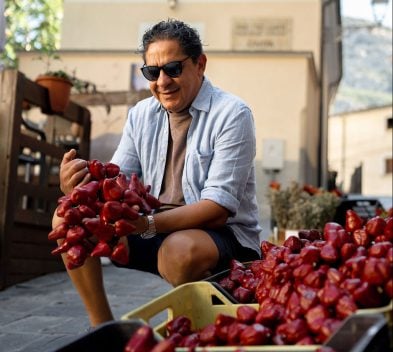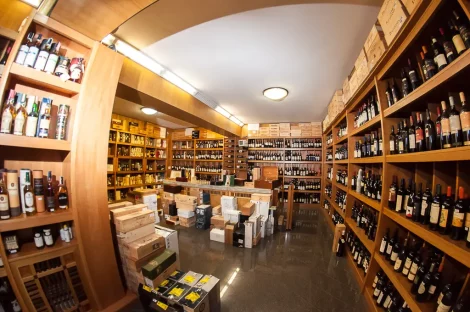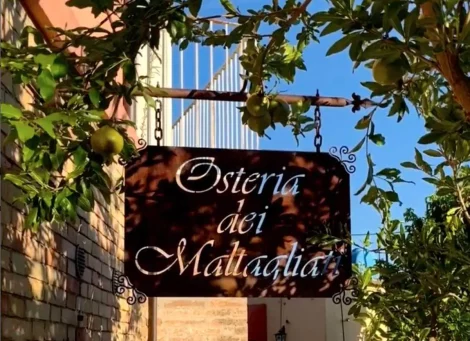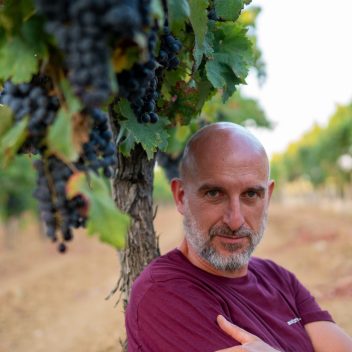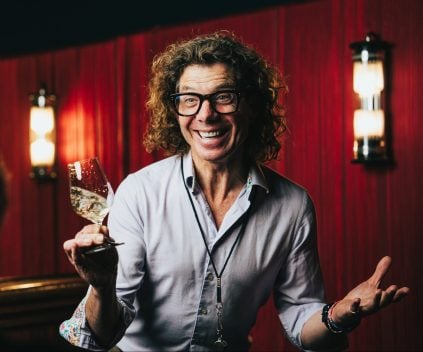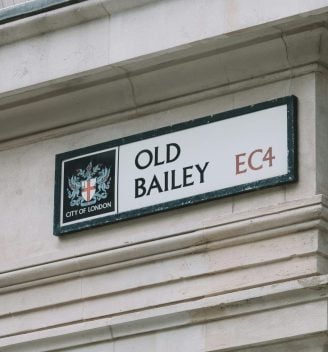Only last year, Duca di Salaparuta celebrated its two hundredth anniversary, a milestone that rightly places it among the oldest wineries in Italy. Over the course of these two centuries, the winery has been led by family-run, industrial, and even political entities; however, what has fortunately remained unchanged throughout the different administrations is the commitment to portraying an authentic image of Sicilian winemaking and its territories, with all their contrasts. And to follow the spirit of innovation, which has never faded since.
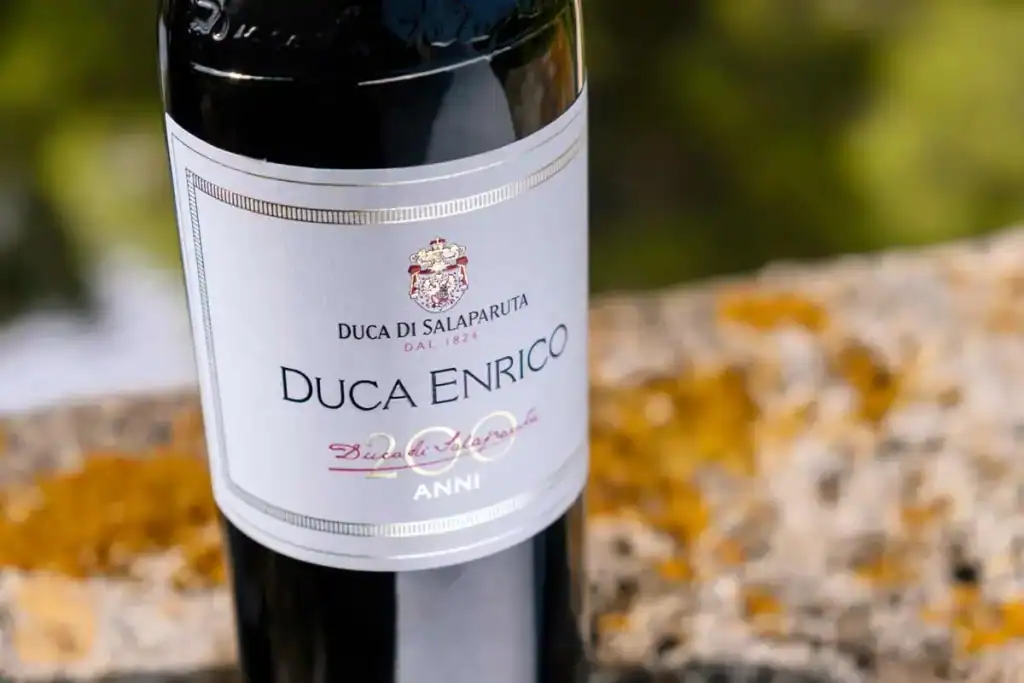
Opening image: Tenuta Suor Marchesa, in Riesi (CL), where the Nero d’Avola for Duca Enrico is born. Photos by Benedetto Tarantino.
Salaparuta: from its origins to Duca Enrico
The origins lead us back to the Alliata family, one of the oldest of the Sicilian aristocracy, and more specifically to Giuseppe Alliata, 7th Prince of Villafranca and 7th Duke of Salaparuta. His passion drove him to establish, in 1824, the winery Corvo del Duca di Salaparuta with vineyards in Casteldaccia, not far from Bagheria and Villa Valguarnera. Edoardo Alliata, 10th Duke of Salaparuta, gave the company a new entrepreneurial dimension. But it was his grandson, the very young Enrico Alliata, who earned the title “Lord of Wines”: he led Corvo to become Sicily’s leading winery through constant innovation. Under his leadership, the Casteldaccia winery multiplied its products and labels, his wines improved in quality and reached international markets: he supplied foreign embassies and the Holy See, collecting awards and recognition worldwide. Duca Enrico’s interests spanned from wine to philosophy, so much so that he wrote a Manual of Gastrosophy, a pioneering book on vegetarian and raw food cuisine.
Topazia: the last Alliata at the winery
A worthy daughter of Enrico Alliata was Topazia: painter, writer, and gallery owner, she married Florentine intellectual Fosco Maraini. Their daughter was the writer Dacia. In the difficult post-war period, Topazia Alliata attempted to revive the fortunes of Corvo: she was the one who named the famous Colomba Platino, a white wine made from Inzolia grapes that was highly innovative for its time. However, with Topazia, the long bond between the Alliata family and its winery came to an end when, in 1961, ownership passed to the Region of Sicily, which, by the late 1970s, was producing 7 million bottles a year.
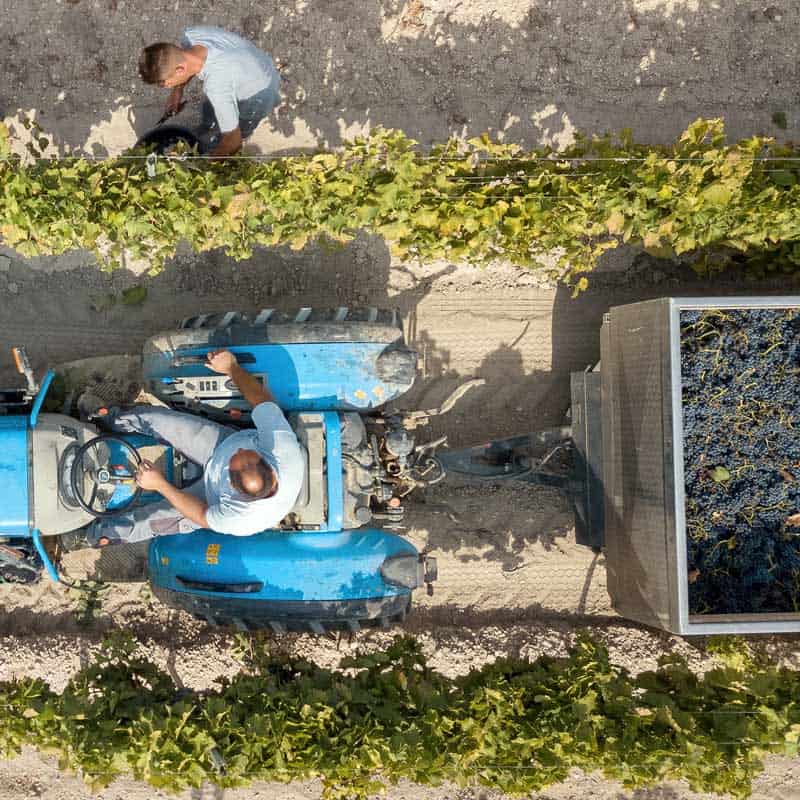
Rivella and Giacosa: the new life of Salaparuta
But during those years, another spirit of innovation entered the company: Ezio Rivella, a young oenologist from Piedmont who understood the potential of the winery and the island's wines. In the early 1980s, it was Franco Giacosa who led the company: he was entrusted with creating a new red wine full of personality capable of competing with the sacred monsters of global oenology. It was a daunting task, but he, as courageous and stubborn as the Alliata family, began to experiment and within a few years gave birth to the new red. At that time, there were no longer any vineyards, and Giacosa did not ask suppliers to plant international grapes, but focused on local varieties and sought out the best-suited vines and grapes: an innovative and experimental project requiring long-term work and the help of many collaborators. Duca di Salaparuta once again demonstrated modernity and innovative spirit by supporting the oenologist in the myriad of selections and micro-vinifications required to reach the goal. Five years later (after 120 experimental vinifications a year using various techniques), the new wine was born: Duca Enrico, in honour of the man who had given the Alliata enterprise its real turning point. In the Sicilian wine scene of the early 1980s, this powerful and refined red burst onto the scene: made entirely from Nero d’Avola grapes, it expressed all the character of the island and its people. With the 1987 harvest, the Bianca di Valguarnera also saw the light, a complex Insolia vinified in barrique. These were the two champions of Duca di Salaparuta: they received critical and market acclaim and are the true starting point of modern Sicilian oenology.
The new group with Ilva Saronno and the three Sicilian estates
Today the winery is part of the Ilva di Saronno portfolio, controlled by the Reina family and which also owns the Florio Cellars in Marsala: now Corvo, Duca di Salaparuta and Florio are united in a single entity, the Duca di Salaparuta Group, the leading private wine group on the island. To firmly tie the group’s most prestigious wines to Sicily, the Reina family acquired three different wine estates in 2001, each with strong territorial characteristics, to best suit the pedoclimatic needs of the grape varieties selected for its labels.
Tenuta Risignolo covers 35 hectares under vine in Salemi (Trapani): the most expressive varieties here are Insolia and Grillo. Zibibbo-based wines are also good. The grapes for Bianca di Valguarnera come from here.
Tenuta Suor Marchesa, with 127 hectares (93 under vine) in Riesi (Caltanissetta): on these breezy hills with significant diurnal range, Nero d’Avola has always found its ideal habitat. It is given 52 hectares, 5.5 of which are cultivated as bush vines (at 350 metres above sea level); from these come the famous Duca Enrico, aged for 14–18 months in French oak barriques.
Tenuta Vajasindi occupies 21 hectares on the northern slope of Mount Etna in the Passopisciaro district of Castiglione di Sicilia: indigenous grapes such as Nerello Mascalese and Carricante thrive here, alongside Pinot Noir.
The vertical tasting: Duca Enrico through 8 vintages
To mark its 200th anniversary – which places it among the top ranks of Italy’s oldest wineries – we tasted 8 vintages of Duca di Salaparuta’s flagship red, born from technological and agronomic innovation between the 1980s and 1990s.
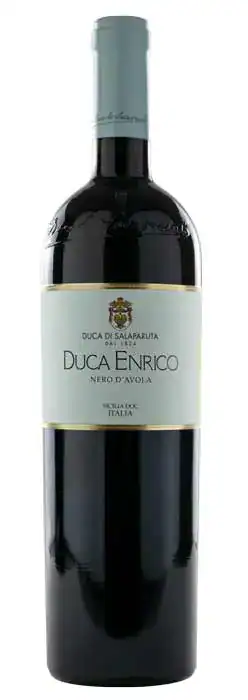
90
Duca Enrico 1984
Duca di Salaparuta
Casteldaccia (PA)
The first vintage of Duca Enrico. The hue shows a lovely garnet tone still lively for its age. The nose offers broad, intense sensations with aromas of leather and underbrush, along with hints of dried mushrooms. On the palate it has decent body and completely resolved tannins: a fine wine that has now reached full maturity.

94
Duca Enrico 1985
Duca di Salaparuta
Casteldaccia (PA)
A pronounced brilliance keeps it younger than the previous vintage. The nose is an explosion of aromas: fresh notes (red berries) and more complex ones (leather) chase each other. The palate shows no signs of fatigue: tannins are well present yet soft, with enviable persistence. What truly elevates it among the great Italian reds is its vibrant freshness – a hallmark of Duca Enrico.

94
Duca Enrico 1997
Duca di Salaparuta
Casteldaccia (PA)
The colour doesn't differ much from the earlier wines; however, the nose exudes incredible youth with a clear and intense fruit base adorned with refined black pepper notes. The palate is classic and austere, with a dense and deep tannic texture and a top-tier persistence. It distances itself from the common idea of Nero d’Avola as heavy and opulent.

90
Duca Enrico 2004
Duca di Salaparuta
Casteldaccia (PA)
The robe is very deep and still youthful, with ruby tones and hints of garnet. Toasted notes (coffee) suggest that the new oak exceeded the usual 50% share. On the palate, the fruit richness and fleshiness stand out, giving greater volume to an ensemble full of vitality, though tannins and acidity add a touch of hardness.

94
Duca Enrico 2008
Duca di Salaparuta
Casteldaccia (PA)
The fruit dominates the nose with beautiful black berry notes and light hints of plum enhanced by aromas of tobacco and pepper. The palate, aristocratic and elegant, highlights the legendary acidity of Duca Enrico, without forgetting its refined tannic structure. A wine clearly built for long ageing in bottle.

92
Duca Enrico 2016
Duca di Salaparuta
Casteldaccia (PA)
It counters the refined austerity of the 2008 with an intense nose full of clear red and black berry aromas touched by rhubarb and tobacco. The mouth is rich and powerful, but the generous fruit flesh, along with soft tannins and a gentle alcohol warmth, create a balanced wine that ends up being immediately enjoyable.

96
Sicilia Nero d’Avola Duca Enrico 2020
Duca di Salaparuta
Casteldaccia (PA)
The ruby colour is intense and particularly bright. The nose, intense and refined, offers lovely red fruit notes followed by layered aromas of graphite and tobacco, without ever losing a trace of pepper. The palate is extraordinary, with well-mannered tannins and superb fruit flesh, offering graceful sensations and a persistent, classy finish.

93
Sicilia Nero d’Avola Duca Enrico 2021
Duca di Salaparuta
Casteldaccia (PA)
The intense and brilliant ruby colour indicates a recent bottling, and the nose, rich with fresh red and black berry notes and smoky nuances, appears very young, though already elegant and complex. The palate is already soft and balanced, though still very youthful. A great wine that hasn’t yet attained the magical touch of the 2020.

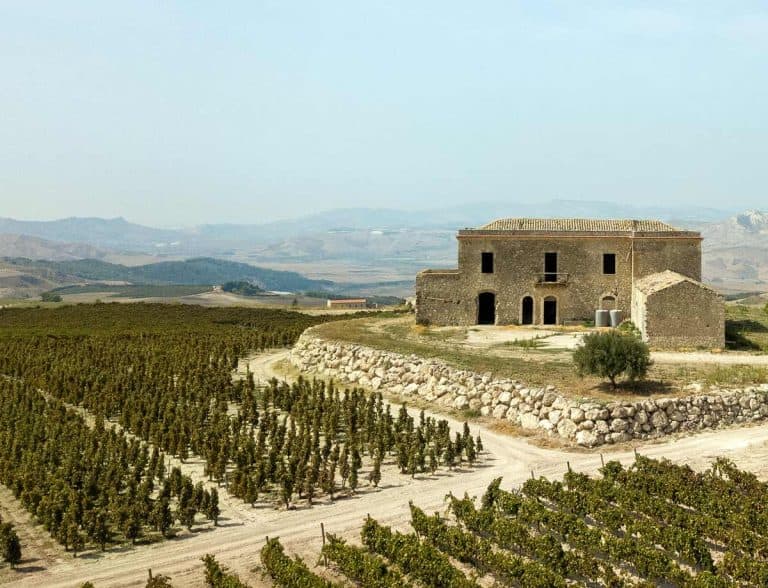
 The social media star resurrecting Italy's forgotten culinary classics
The social media star resurrecting Italy's forgotten culinary classics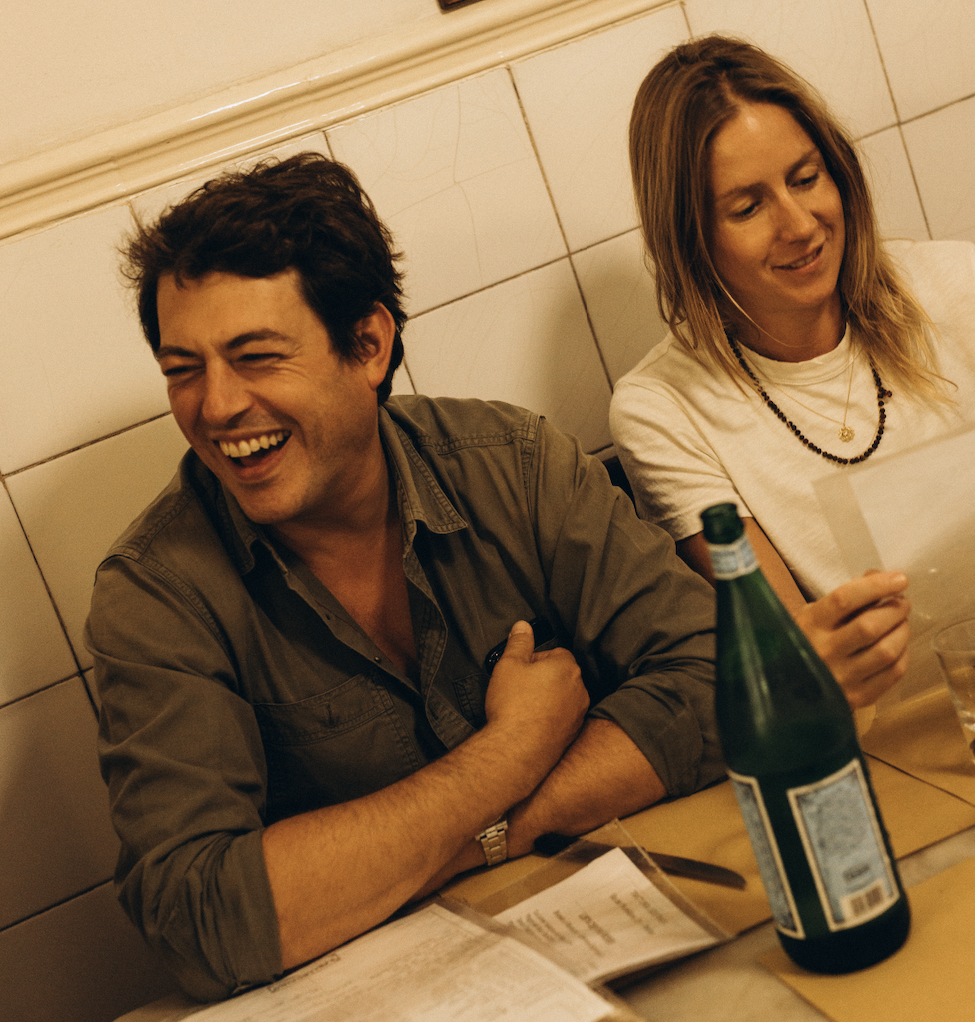 Giovanni Mazzei brings a taste of Florence to London
Giovanni Mazzei brings a taste of Florence to London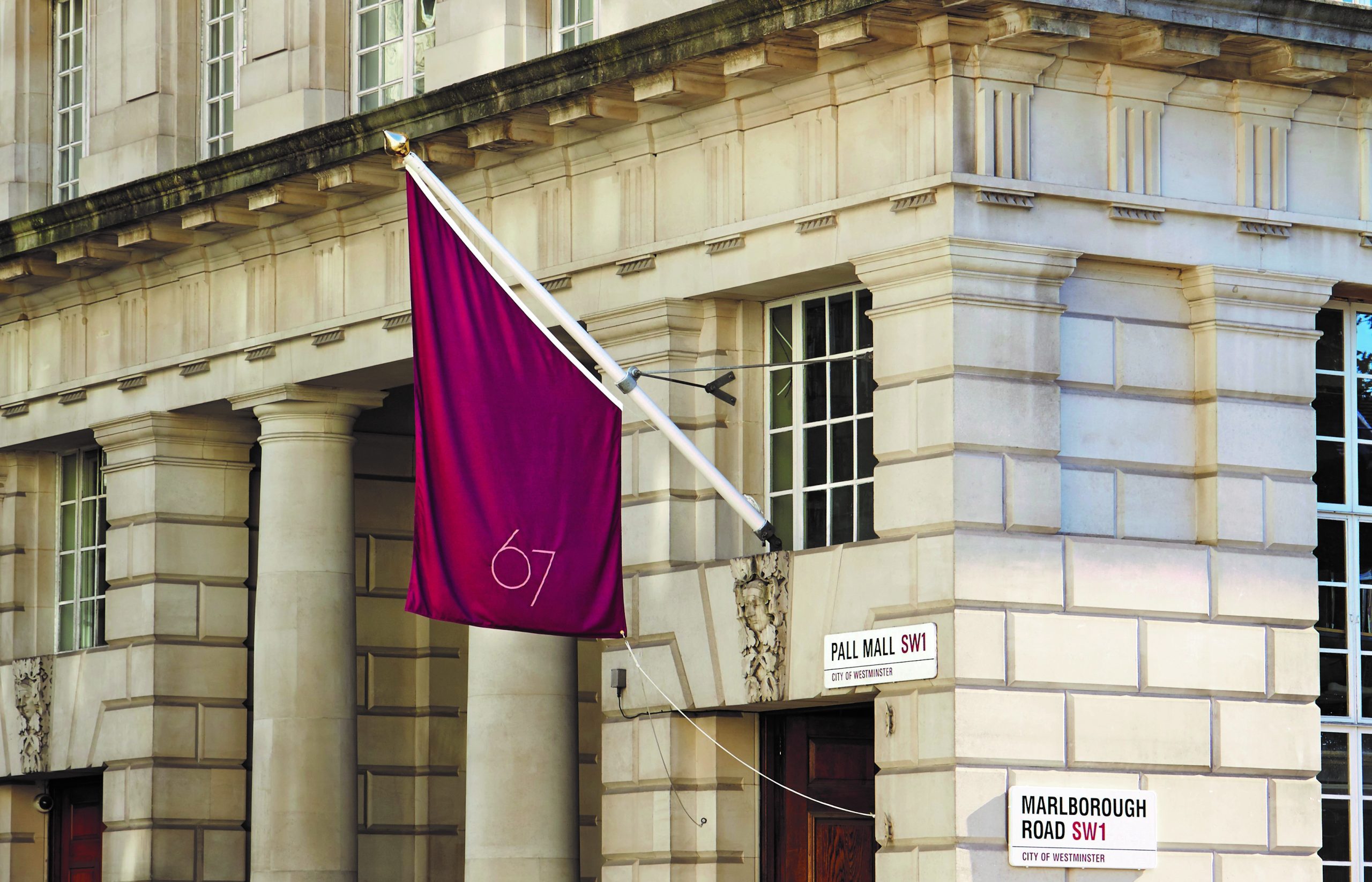 Burgundy dominates but Italy is rising: a look at London's fine wine trends
Burgundy dominates but Italy is rising: a look at London's fine wine trends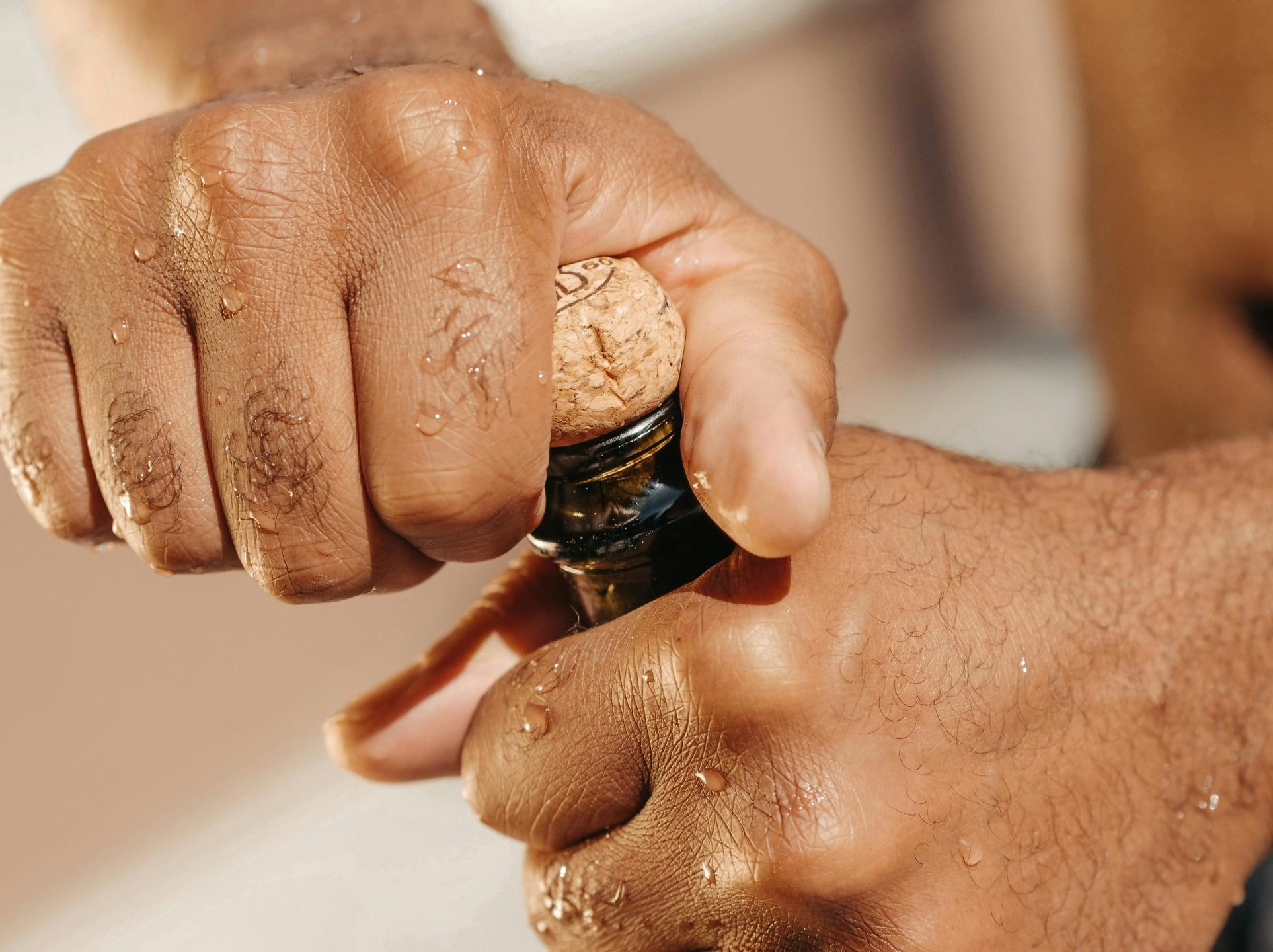 Costco Prosecco recalled over exploding bottle fears
Costco Prosecco recalled over exploding bottle fears The Consorzio Vino Chianti heads to Brazil: “An attentive public and a dynamic market”
The Consorzio Vino Chianti heads to Brazil: “An attentive public and a dynamic market”